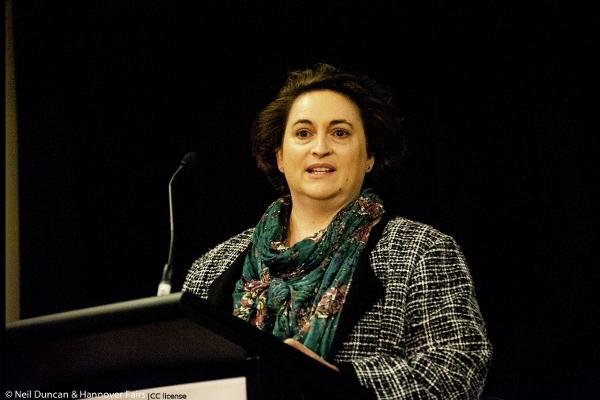
The Australian Crime Commission (ACC) is making partnerships and data sharing a top focus, as it plans to further build on its Fusion data analytics, CIO Maria Milosavljevic said at today's Big Data Summit at the University of Technology, Sydney.
The ACC-led National Criminal Intelligence Fusion Capability started in 2010 and is a data hub that integrates data and tools from about 20 partner agencies. More than 1,200 datasets from 168 sources are used to prevent emerging organised crime from entrenching.
Since Fusion was implemented, data ingestion has improved by 90 per cent, full text search has improved 98 per cent, and geocoding has improved 80 per cent, Milosavljevic said.
“We’ve also reduced duplication in collection and analysis, and we’ve improved efficiencies in collaboration,” she said.
Fuzzy search and bulk data matching are some capabilities that have been most useful when it comes to analysis and investigations, Milosavljevic said. Fuzzy search can pick up on partial, variant or misspelled words and display results of the intended word. Bulk matching compares two or more large groups of files or records to verify or supplement existing information.
The ACC also built an automatic alert system to broadcast relevant information to its different partners across the country. For example, a partner can receive alerts on a particular case when new information arises.
The next step in Fusion is to bolster collaboration between industry, academia and research; not only law enforcement agencies, Milosavljevic said. The more the ACC broadens its partnerships, the more it can enable data sharing.
One of the ACC’s partners is telecommunications companies. In March 2014, the ACC made a public submission to the Inquiry into the Comprehensive revision of the Telecommunications (Interception and Access) Act 1979, supporting mandatory telecommunications data retention in assisting in investigations.
Text analytics capabilities will continue to be enhanced. Although Milosavljevic did not mention which companies the ACC is interested in working with, she said it is experimenting with open source software to see how it can add to its text analytics.
“We are also talking to some vendors… about the sorts of things that are beyond their current capabilities and how we can assist in building those capabilities.”
Milosavljevic is also looking to develop a capability in the Fusion that can recognise which analysts are trying to solve similar problems so they can share their findings, update each other on their progress and solve problems more quickly.
“We are starting to ask questions about what analysts [are] working on, which problem they are trying to solve, what information should be pushed to them, and if other people are working on those same problems so that we can join the community together.”
Join the CIO Australia group on LinkedIn. The group is open to CIOs, IT Directors, COOs, CTOs and senior IT managers.
